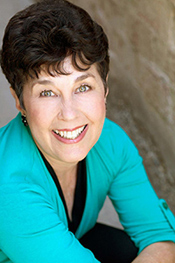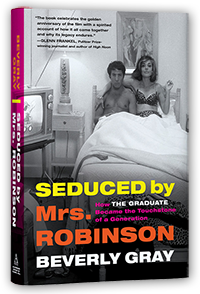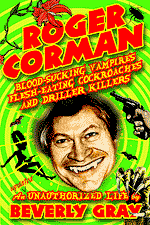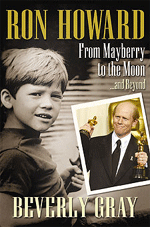I’ve just returned to the west coast from an overnight stay at Mount Lubentia, a 250-year-old historic home in Prince George’s County, Maryland. It’s been lovingly restored by my good friends Andy and Sondra Wallace, who’ve verified through old diary entries that George Washington really had two sleepovers on the premises.
It’s made me think about movies in which a house plays a central role. There’s Roger Corman’s House of Usher, of course, based on the Poe story. (Roger himself once told me the reason for one of the film’s odder lines: “The house lives. The house breathes.” It seems the good folks at American International Pictures were worried about producing a horror flick that lacked a conventional monster. Roger had promised that his monster would be the house itself, and he asked Vincent Price to deliver the line convincingly enough to make them buy this notion. Price, of course, obliged.) Like Corman, most filmmakers love confining themselves to a creepy old house as a set, because it’s both economical—no running around to far-flung locations—and dramatically effective. Think of, for instance, The Haunting, The Shining, Sleuth.
The British, with their long history of stately homes, seem particularly drawn to making movies in which a house is a major character. Along with Hitchcock’s Rebecca (with its focus on identifying the true mistress of the Manderley estate), I can think of several movies in this category. The Merchant Ivory classic Howards End, based on E.M. Forster’s novel of Edwardian England, uses the ownership of a well-loved country estate to symbolize the nation’s social evolution. Making his first film in England, Robert Altman gave us one of his best, Gosford Park, an intricate murder mystery which explores the upstairs-downstairs relationships of rather helpless aristocrats and their always resourceful servants. Then, of course there are all those lovable Jane Austen adaptations, in which spunky young ladies, after much romantic tribulation, find themselves ensconced in a suitable house at last.
An Englishman’s home may be his castle, but American moviemakers seem especially fond of showing the love someone can feel for a particular piece of real estate. A good part of Scarlett O’Hara’s motivation in Gone With the Wind stems, of course, from her attachment to Tara, her family’s ancestral plantation. More modest homes, too, arouse deep-seated emotions. In It’s a Wonderful Life, James Stewart’s world is circumscribed by the small town—Bedford Falls—in which he was born. At the center of that town is the drafty but endearing old house wherein his beloved Mary has always hoped to dwell. He may resent that house and that town at times, but by the film’s happy, Christmasy ending, he is safely back where he has always belonged.
It’s a Wonderful Life may date from the late 1940s, an era when Home Sweet Home was a national obsession, but some very recent movies teach something of the same lesson. Here’s a quick salute to Pixar’s wonderful Up, in which a quest for adventure coexists with a love for home and family. This story, in which a battered but still charming old house soars through the sky, powered by a cluster of balloons, ends with a twist: though the house itself is ultimately left behind, a strong new family unit (informal but genuine) is formed. Now that I think of it, this is a great film for Fathers’ Day!








That is a gorgeous home! It looks as though your friends have done a very nice job restoring it!
ReplyDeleteThere are so many iconic movie houses - I'll throw in the Bates house from Psycho - now THERE'S a creepy abode!
Yes, Andy and Sondra have done some great work, and continue to do so -- Andy just about cut off some fingers recently in making his most recent home improvement. Since he's also a professional folk musician, he needs those fingers, needless to say.
DeleteThanks for the Psycho reference!